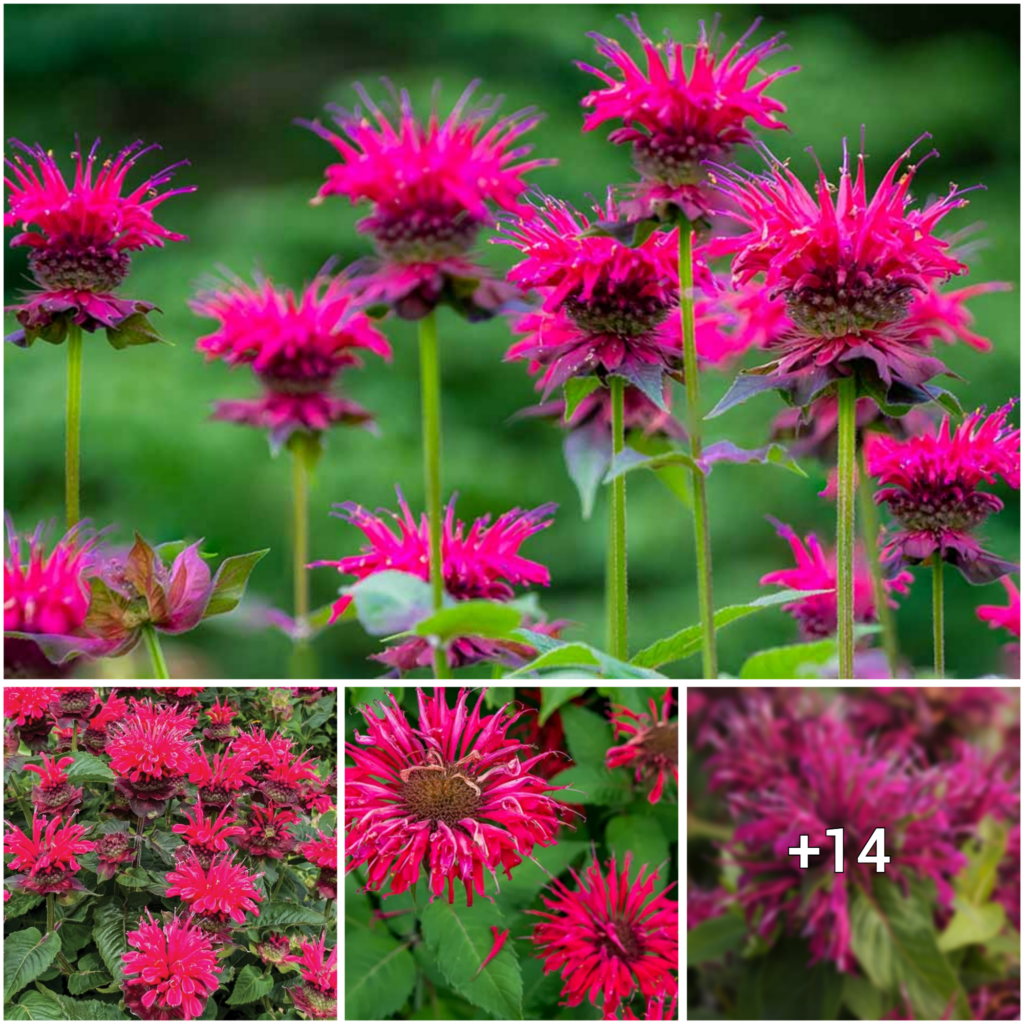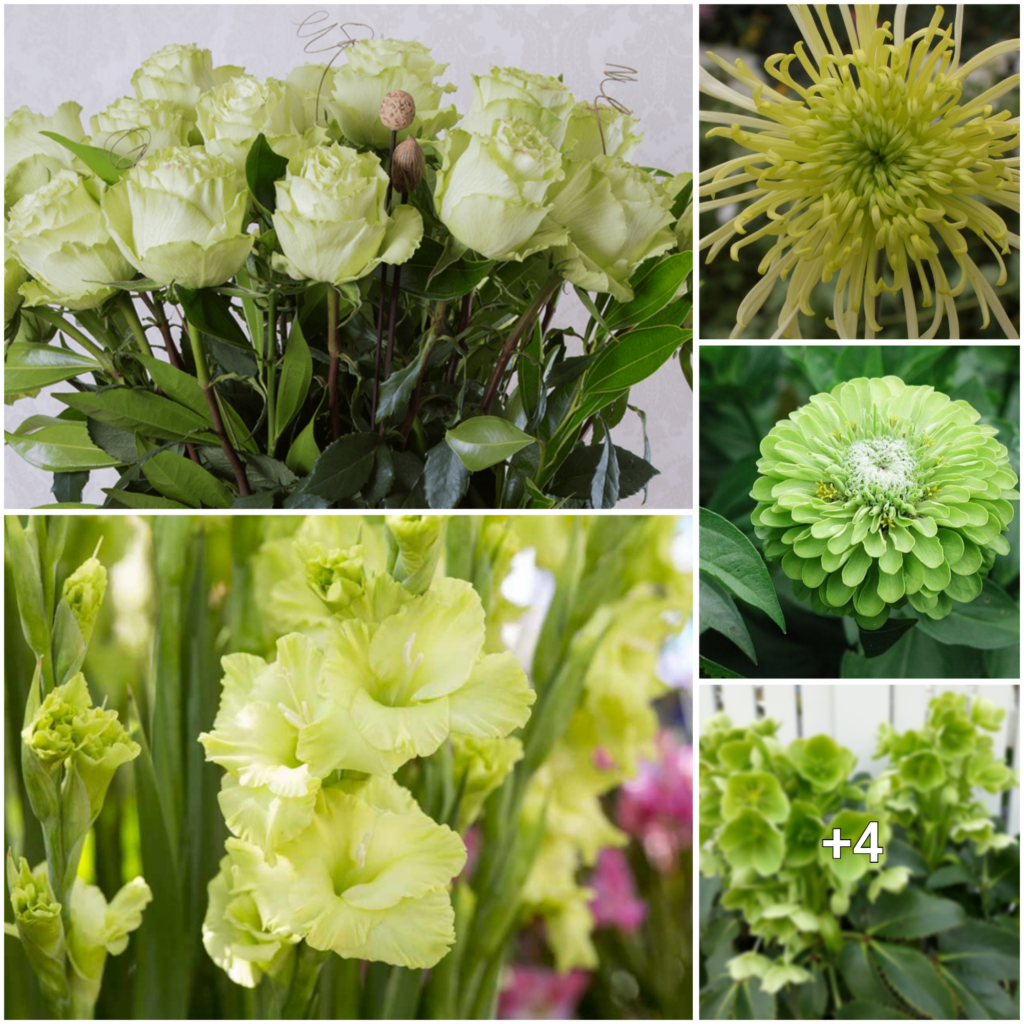:max_bytes(150000):strip_icc():format(webp)/virginia-bluebells-plant-profile-4797478-hero-3d9db849bd994c529f5fde73c812f0e9.jpg)
Virginia bluebells, also known as Mertensia virginica, are a beautiful addition to any garden, blooming in shades of blue from March to May depending on your area. These trumpet-shaped flowers attract bees, butterflies, and hummingbirds with their sweet scent, making them a perfect choice for gardeners looking to attract pollinators. Virginia bluebells grow best in the shade of a tree, reaching about two feet tall and wide with rounded leaves ranging from grey-green to blue-green. These perennial plants are not invasive and can be planted by rhizome in the fall or early spring. They prefer moist soil and partial to full sun exposure. Rabbits and deer generally leave them alone. Combine Virginia bluebells with yellow daffodils for a beautiful contrast, and plant them in a wildflower area or dappled shade border for maximum impact. Enjoy these fleeting beauties before they disappear in the heat of summer.
:max_bytes(150000):strip_icc():format(webp)/virginia-bluebells-plant-profile-4797478-05-2a63e68f11294f01b6bd0f3dd85ba670.jpg)
Rewritten:
Captured by The Spruce photographer Leticia Almeida, the featured content has been recreated to avoid plagiarism and maintain authenticity.
:max_bytes(150000):strip_icc():format(webp)/virginia-bluebells-plant-profile-4797478-06-fe0cbdac354a4a13a0aea8464f979ff5.jpg)
:max_bytes(150000):strip_icc():format(webp)/virginia-bluebells-plant-profile-4797478-09-4f65e3e009b347d089e8eb6c519cc702.jpg)
:max_bytes(150000):strip_icc():format(webp)/virginia-bluebells-plant-profile-4797478-10-47008401a97c416e9813bcf736960df8.jpg)
Virginia bluebells thrive in partially to fully shaded areas and prefer cold and moist environments. They need regular watering, especially during the first season, but be sure not to overwater as this can drown the roots. Virginia bluebells are self-sufficient and spread through rhizomes and self-seeding. They can be propagated through seed or division. To prevent fungal infections, provide good air circulation and remove dead or diseased leaves. Virginia bluebells bloom reliably in spring and have a sweet scent that attracts bees, butterflies, and hummingbirds. Remember to deadhead flowers after they wilt to prevent the spread of seeds. Overall, these plants require very little maintenance and are resistant to pests and diseases.




